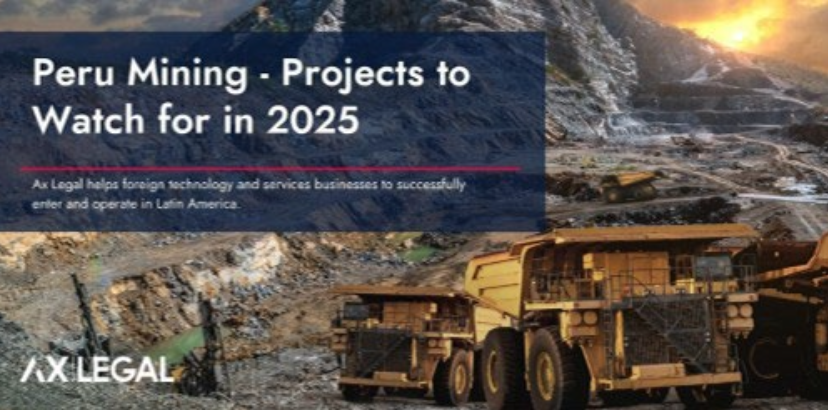In July 2025, Peru’s Ministry of Energy and Mines approved 13 new mineral exploration permits, marking a proactive step in revitalizing the country’s mining pipeline. These authorizations are part of a broader government strategy to streamline procedures and attract responsible investment in critical minerals, including copper, gold, and potentially cobalt and nickel. The approved projects are distributed across key mining corridors and have met rigorous environmental standards, enabling exploration drilling to begin immediately. This new wave of permits reflects the government’s commitment to restoring investor confidence while maintaining oversight and compliance.
Among the newly approved projects, the Cobreorco initiative—managed by a joint venture between a Canadian major and a Peruvian junior operator—stands out for its readiness to commence drilling. The project recently cleared its Environmental Impact Statement, paving the way for exploration infrastructure development, including drill platforms and access routes. What distinguishes these permits is the government’s insistence on community consultation and transparent environmental planning as prerequisites, signaling a shift toward a more balanced model of mineral development that values both economic potential and local legitimacy.
This development is significant not just for Peru’s mining sector, but for the broader global supply chain of energy transition minerals. As countries seek to secure stable sources of critical inputs for clean technologies, Peru’s ability to accelerate responsible exploration is a strategic advantage. However, the success of these projects will hinge on their capacity to earn and maintain a social license to operate. Community trust, environmental safeguards, and meaningful stakeholder engagement are now as critical as geological potential. Without them, even the most promising projects risk delays or opposition that could erode long-term viability.

